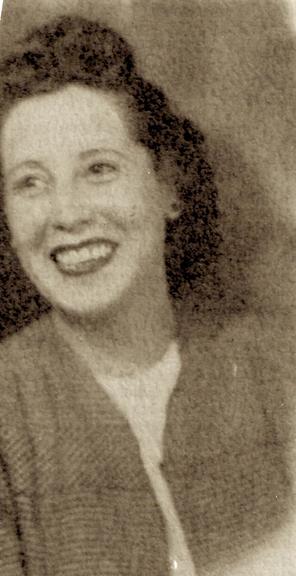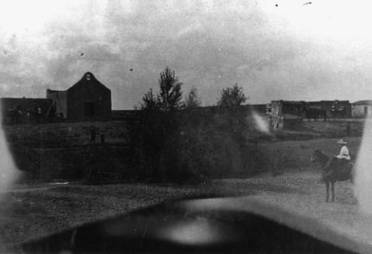The following is the text of an interview with Miss Josephine Silva of Del Norte, a descendant of the La Loma de San Jose settlers. This interview was held in February, 1969 and published from the San Luis Valley Historical Society Historian, 1974, Vol 6, Issue 2.
"At the time that this group of Spanish people settled in the San Luis Valley, or in Rio Grande County, they settled below [west] what is now known as the intersection going to Seven Mile Plaza. Of course, at that time, this was called "La Loma de San Jose," because these settlers, being very religious, always had to have the name of a saint, which they thought would bring them good luck, success, and happiness if they had the saint's name. So, consequently, La Loma was named, "La Loma de San Jose."
This last group of people that came and settled there were the Silvas, the Luceros, the Espinozas, and the Martinezes. After they built their homes and a place where they could have their religious services, which at that time was a "jacal" and which was probably the first religious structure built in Rio Grande County; for a religious meeting of all those families that were together, was, I believe, when they decided to name it "La Loma de San Jose."
Gradually the families intermarried and that is when my grandmother, who was Rosalia Chavez, and my grandfather, who was Francisco Chavez, married. At that time the traveling priest, that came to their services of worship, was a Jesuit who came perhaps once a year on horseback.
At that time, also, they had a little store, which Antonio Le Blanc built because he was quite a carpenter by trade. This store served the purposes of all those families that had come in from New Mexico, who had previously been sent with land grants.
At this point, I believe, that then is when the Silva ditch came into being. The Silvas, who were experienced in irrigation, decided that they would make what is now known as the Silva ditch, so they could plant and have their crops. So the construction of the Silva ditch came about in 1864 [1859].















